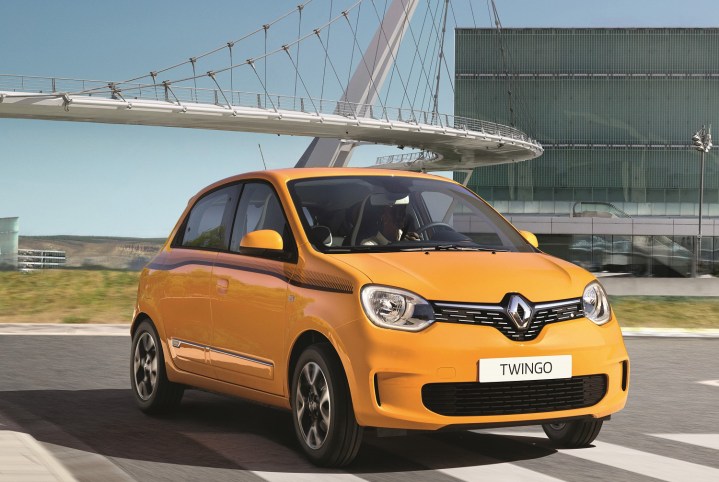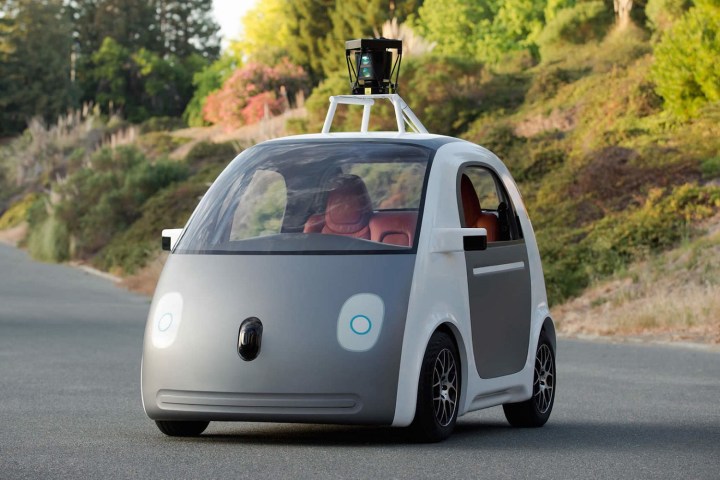Small cars lend themselves well to a cute design. Odds are they’d look cute anyways due to their size, especially when parked next to some of the mammoth-sized models roaming North America’s roads, so stylists often figure they may as well embrace cuteness and capitalize on it. Some push the envelope further than others, though.
We’ve compiled a list of models that rival your childhood Beanie Babies for hugability.
Suzuki Hustler (2014-on)

The Suzuki Hustler is shaped like a Toyota FJ Cruiser that shrunk in the wash because it was designed to compete in Japan’s kei segment, which has historically spawned some of the cutest cars in the world. Japan doesn’t want its citizens to drive big cars, so it packed smaller models – known as kei cars – full of alluring incentives, like a cheaper sales tax. The amount of character and practicality Japanese automakers have managed to cram into such a tiny package is impressive, though the Hustler won’t do much hustlin’ with its 52-horsepower, 658cc three-cylinder engine.
Geely LC (2008-2016)

China-based Geely designed the LC’s front end to look like a panda. We’re not kidding; once you see it, you can’t unsee it. The headlights represent the black fur around the panda’s eyes, while the radiator grille fills in either for its nose or for its grille, depending on who you ask. Geely even called it the Panda in some markets, much to Fiat’s chagrin. It didn’t run on bamboo, though. Its specifications varied from market to market, but buyers normally had a panoply of anemic three- and four-cylinder engines to choose from. Production ended in 2016, and its successor looks a lot more grown-up.
Renault Twingo (third generation, 2014-on)

Renault’s perennially popular Twingo has always had a friendly face, but the third-generation model introduced in 2014 is more approachable than either of its predecessors. This pocket-sized, rear-engined four-door almost smiles at other motorists as it drives down the road, and seeing one in person is sure to brighten your day. You’ll have to travel to Europe, its main market, to check it out, but you can get close without leaving the United States. The current-generation Twingo shares much of its mechanical components with the third-generation ForTwo that Smart sold here from 2014 to 2019.
Fiat 500 (2007-on)

This itsy-bitsy Fiat that can almost fit in the back of a Ford F-150 owes its adorable design to one of Italy’s most popular cars. The 500 introduced in 1957 was a rear-engined, two-door city car that could somehow fit four people in a 116-inch long package. By going retro, Fiat’s skilled stylists created one of the sweetest, most lovable cars ever to grace our shores. Production for the American market is ending in 2019, but the 500 continues its career across the pond.
Google Firefly (2014-2017)

The cutest car made during the 2010s isn’t the work of an established automaker, and it doesn’t come from the Cars franchise. It’s Google’s Firefly, a pod-shaped vehicle that looks like a vacuum cleaner attachment with a face that effortlessly rivals a Pomeranian puppy on the cuteness scale. The motorists who shared the road with Firefly likely found it far less cute, because this autonomous robot had a top speed of just 25 mph, but it remains the most charming product Google — now Waymo — has ever created. And, it’s also one of the most significant cars in the history of autonomous technology.



